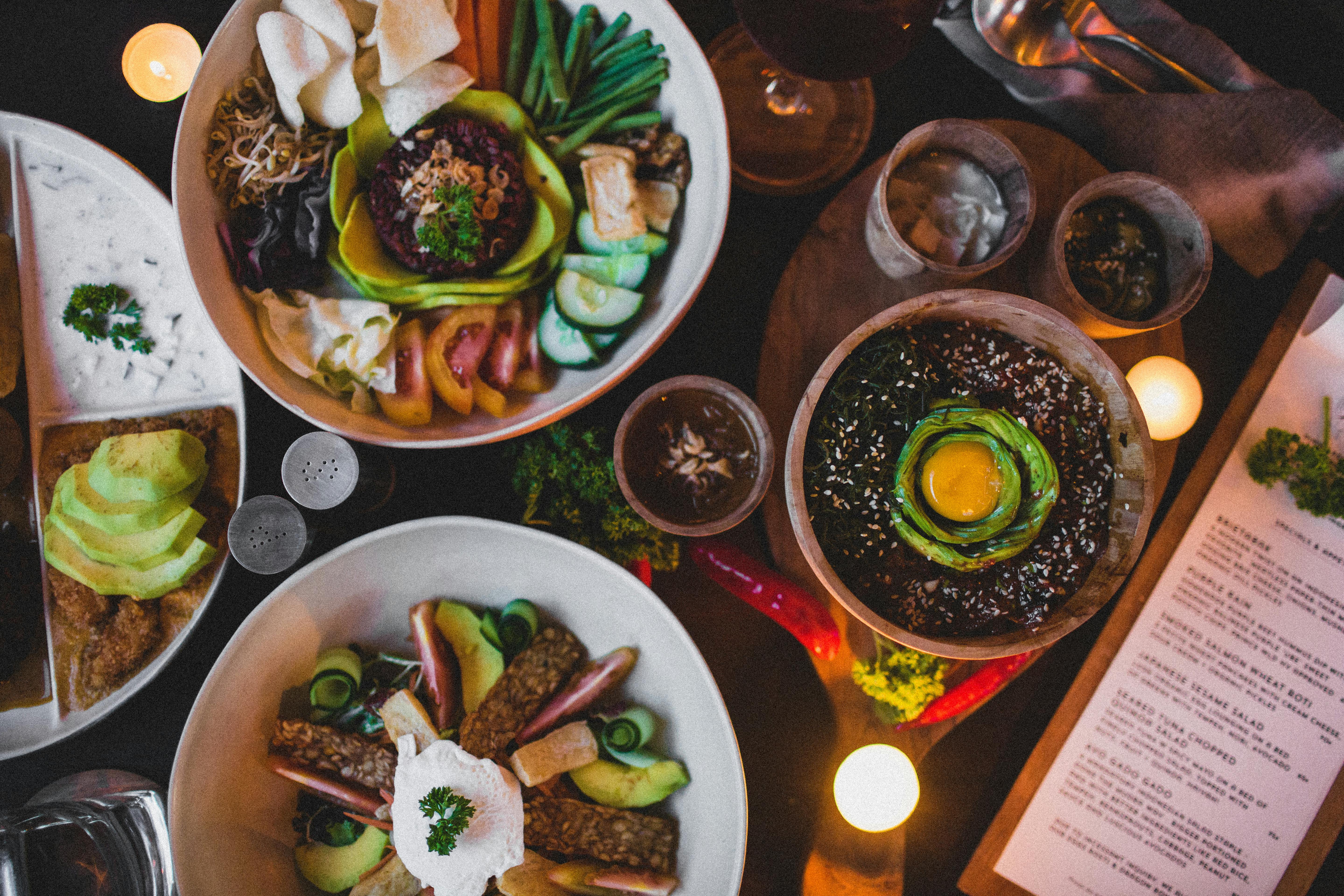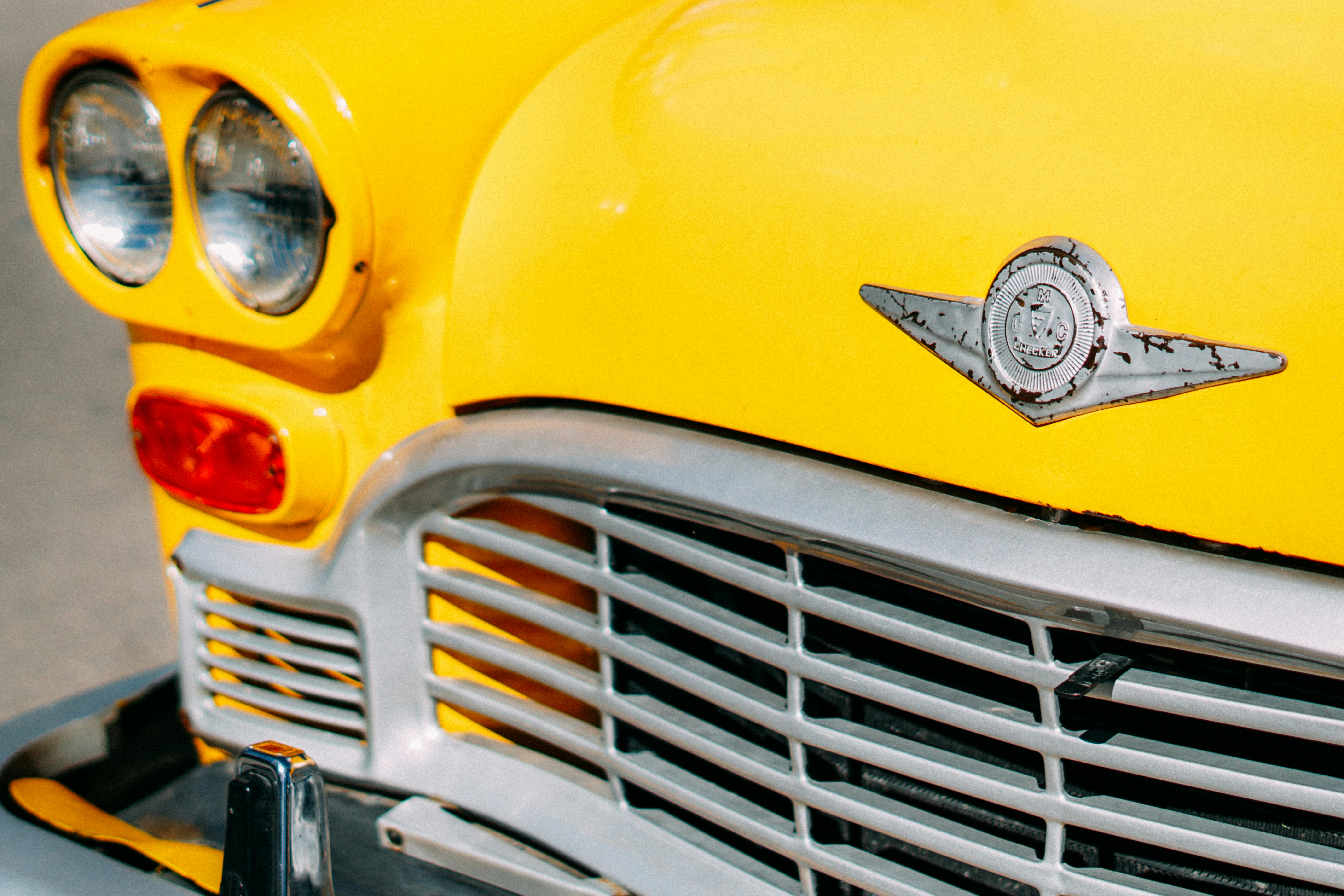The One Recipe You Should Never Make With Your KitchenAid Stand Mixer
A few weeks ago I was researching the KitchenAid stand mixer and came across a blog post from someone that I thought was not the best advice. The blog post was all about making pancakes with your mixer (or any stand mixer for that matter). Now, the recipe was probably pretty good, but the process is what went wrong in my opinion.
For me, pancakes are all about being soft, light, and fluffy. They should not be dense, chewy, or rubbery in any way. If he wanted that, he could take a trip to one of those all-night breakfast places and buy a bunch of hockey pucks.
No, for me pancakes need to be handled with care and attention. The reason is gluten. Now for a bit of food science. Gluten is a protein, it is actually a composition of 2 proteins called gliadin and glutenin. When water is added to wheat flour and then mechanically mixed, gluten forms. And it’s this wonderful gluten that gives bread dough and pasta their chewy, springy characteristics. But since the gluten content is increased by mechanical mixing or kneading, it’s not something we want to do if we want to have light and fluffy pancakes.
So, the next time you want to indulge in a pan-fried treat for breakfast, put your blender away. Instead, follow this basic cooking process.
You can use any basic pancake recipe you like. The key to a great result is in the mix. What you want to do is mix all the dry ingredients together first in a bowl that is just big enough for your dough. Next, mix all the wet ingredients together in a separate bowl.
Now, before you add the wet to the dry, prepare yourself. An electric griddle is probably the best appliance for cooking pancakes at home, but if you have to use a skillet, it will work as well. There are 2 differences. An electric griddle has a built-in thermostat, which means the heat will stay more constant than with a skillet on the stove. Second, the griddle means you can cook a lot more pancakes at the same time. I use a skillet on the stovetop myself, but I never cook more than one pancake at a time and keep them warm in the oven until ready to serve. It’s not the best, but I don’t have more space to store an iron, so I opted not to buy one. Using my stove, I heat the pan for 2 minutes on level 5. Then I turn the heat down to 4 when I cook. If I notice things are taking too long, I turn the heat up for another minute or so, then turn it down to 4 again.
Now that you have a hot kitchen appliance ready, it’s time to mix the batter. You want to achieve the mix as quickly as possible without activating too much gluten. So, take the wet ingredients and literally throw them into the dry ones. Then take a spatula and fold in the wet ingredients for 10-15 seconds. That is. Some of the dry ones may not be perfectly blended, but that’s okay. I have never had a lumpy pancake using this method.
Then put some batter on the griddle or pan and wait. You want to see the bubbles form around the outside of the pancake. That is the sign of a flapjack that is ready to be flipped. If the heat is high enough the bottom will be nice and brown. If it is too low, it will have a pale color, and if it is too hot, the background will be very dark. So, as carefully as possible, flip the tortilla over and continue cooking the opposite side. Typically the second side will cook in half the time of the first.
When serving the pancake, always have real maple syrup on hand. It can make all the difference in the world and the taste is like no other. Since you put all this care and attention into making the best pancakes you could, you deserve to sweeten them perfectly with a little maple syrup.
There you go. Next time you’re craving pancakes, keep the KitchenAid mixer covered and instead use the tip and fold method for the lightest, fluffiest pancakes you can make at home.



Recent Comments